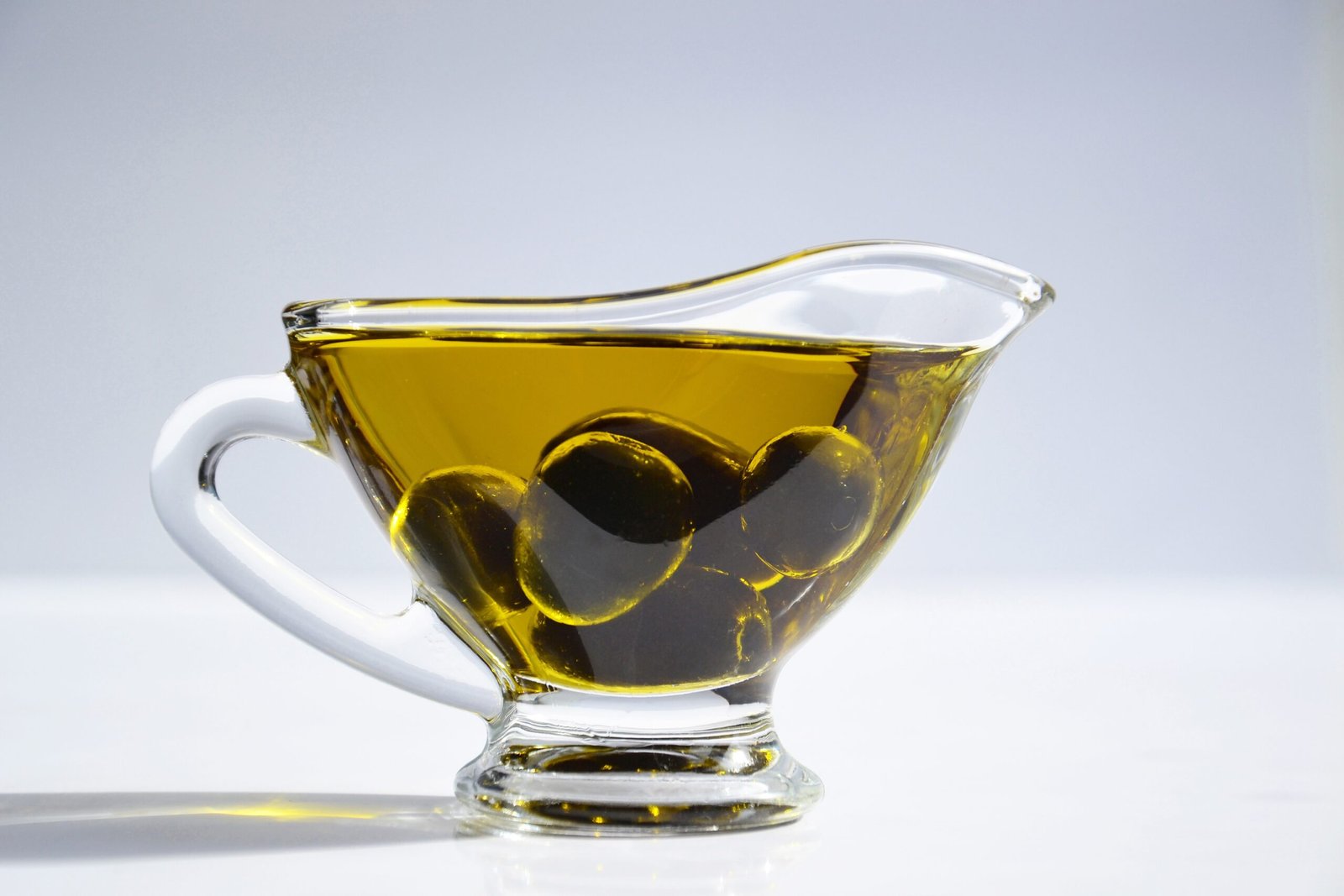If you typically experience a tingling sensation in your legs just as you’re about to drift off to sleep… you might be familiar with Restless Legs Syndrome (RLS). There is no need to worry though, as numerous solutions are available for this condition. One such solution is using heating pads.
Heating pads are a soothing remedy to help calm your legs. They achieve this by helping your muscles relax and improving blood flow. Below, we’ll delve into what RLS is, how to identify its symptoms, and explore the benefits of using heat to alleviate this discomfort.
What Is Restless Legs Syndrome (RLS)?
Restless legs syndrome (RLS), also known as Willis-Ekbom Disease, is a neurological disorder that causes you to feel an uncontrollable urge to move your legs. The sensation is usually described as burning, creeping, or tingling, all of which make it difficult for people to fall asleep.
RLS may affect one’s physical and mental well-being, leading to various issues, including:
How To Know If You Have RLS
Determining whether you have Restless Legs Syndrome (RLS) involves considering various symptoms and factors. While the questions below can be helpful, a definitive diagnosis should be made by a medical professional.
Symptoms Checker:
Sleep-related Concerns:
Lifestyle Factors:
Family Medical History:
How To Relax Restless Legs For Sleep
Looking for restless leg syndrome tips? We’ve got you. To alleviate and manage the symptoms of Restless Legs Syndrome (RLS), especially if it’s mild to moderate you may adopt consider the following handy suggestions:
Medical Tips:
Lifestyle Tips:
Sleep-related Tips:
When it comes to questions about how to help restless leg syndrome at night, there is no best sleeping position for restless legs. The general recommendation is to make yourself as comfortable as possible by keeping your room dark, cool, and quiet.
It also helps to use sleep aids that may make it easier for your body to drift off into sleep. Investing in weighted blankets for restless legs is a good idea because weighted blankets have been shown to reduce the production of cortisol, the stress hormone. Our Cotton Nappers, for instance, feel like a warm cozy hug because of their soft and breathable fabric and even weight distribution.
How Would A Heating Pad Help Restless Legs?
Are you looking for ways to stop restless legs fast? Wondering, what are the benefits of deep heat for restless leg syndrome? Well, a heating pad can provide relief for Restless Legs Syndrome (RLS) symptoms through several mechanisms:
Muscle Relaxation: Applying heat to the affected leg muscles can promote muscle relaxation. RLS symptoms are often associated with muscle tension and discomfort, and the warmth from a heating pad can help ease this tension.
Increased Blood Flow: Heat can improve blood circulation in the legs. Better blood flow can alleviate discomfort and promote a sense of comfort in the affected limbs, potentially reducing the urge to move the legs constantly.
Sensory Distraction: The warmth generated by a heating pad can serve as a sensory distraction. This can shift your focus away from the uncomfortable sensations, so it is a great strategy if you’re looking for tips on how to stop jumpy legs.
Comfort and Relaxation: Generally, warmth is associated with comfort and relaxation. Using a heating pad before bedtime can create a soothing environment that may improve sleep quality by reducing the intensity of RLS symptoms.
While a heating pad can be a helpful complementary approach for managing RLS symptoms, it may not be a standalone solution for everyone. RLS is a complex neurological condition, and its management often involves a combination of strategies, including lifestyle changes, medication, and relaxation techniques
When to See a Doctor
While monitoring your RLS symptoms closely, consider reaching out to a medical professional if:
If you suspect you may have RLS, it is advisable to consult a doctor or sleep specialist for a thorough evaluation and appropriate guidance regarding diagnosis and treatment options. Additionally, underlying medical conditions or medications may also contribute to RLS, so discussing your medical history and any relevant factors with a healthcare provider is crucial for accurate assessment and management.
Conclusion
Restless Legs Syndrome (RLS) is a relatively common neurological disorder that affects a significant portion of the population. Factors like high caffeine consumption or little exercise may exacerbate RLS symptoms – however, they can be managed through lifestyle modifications and investing in good quality sleep aids.
Heating pads are an excellent solution for RLS because they help with relaxing your muscles and improving blood circulation.
If you find yourself experiencing persistent RLS symptoms, consider seeking medical attention for a detailed diagnosis and potential treatment options.
FAQs:
How Do I Stop RLS immediately?
Consider using a heating pad for restless leg syndrome that will help with muscle relaxation, increased blood flow to the legs, sensory distraction, and overall comfort and relaxation.
Is Restless Leg Syndrome Serious?
Generally, no. You may want to consider seeking relief for the uncomfortable sensation, though, because prolonged RLS may greatly impact your quality of sleep and daily life.
Is RLS A Symptom For Anxiety?
Not necessarily. However, anxiety can cause leg restlessness which may resemble RLS. It is also worth noting that individuals with RLS are at greater risk of anxiety and depression.
What Vitamins Help Restless Leg Syndrome?
Taking Vitamin B6 and magnesium supplements may help lessen the extent of RLS symptoms, which will improve the quality of your sleep.
Is It OK to Sleep With A Heating Pad?
It is generally advisable to not fall asleep with an electric heating pad on. You may use your electric heating pad close to bedtime to help your muscles relax, but it is best to put it away before you sleep. This way you will avoid any safety risks associated with overheating, which could cause blisters or burns.



